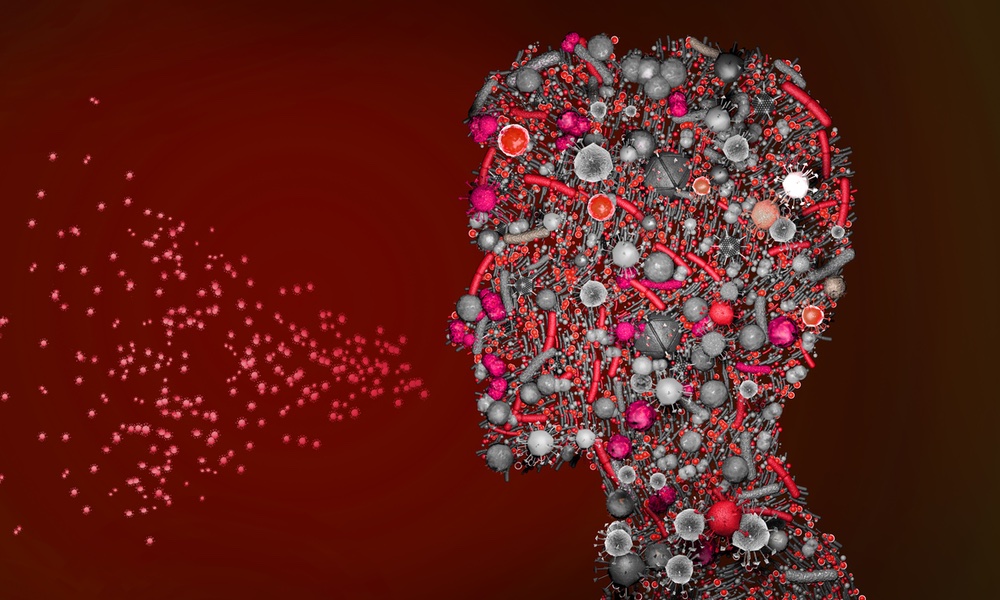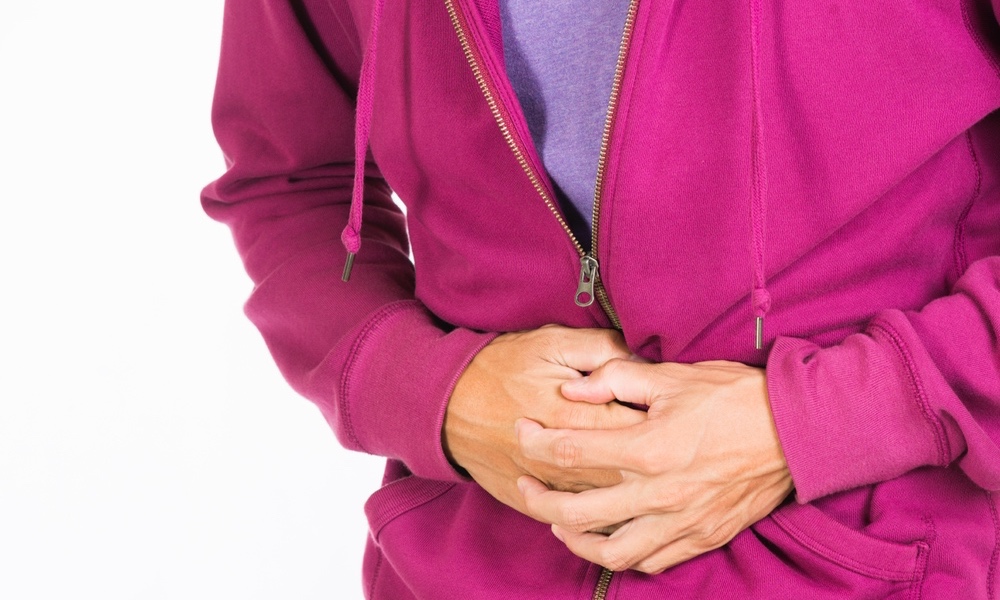As the COVID-19 pandemic continues into its fifth month, researchers are learning more about SARS-CoV-2, the virus that causes COVID-19. The huge resurgence in deaths and confirmed cases of the virus that have occurred with the easing of states' lockdown orders underscores the idea that many people are spreading the disease before they even know they have it.
The danger of asymptomatic transmission was shown in a recent study that looked at changes in viral load, the amount of the SARS-CoV-2 virus detected in patient samples over time among a group of people infected with COVID-19 in the US.
The viral load a person carries and can potentially transmit to others appears to peak at the beginning of the disease, the researchers found. This helps explain the “super spreaders” — people with mild to no symptoms, but who nonetheless are able to transmit the disease to others. These are the people who went to bars, parties and beaches assuming they were healthy and unknowingly infected others, rekindling the infection rates in many states. The finding also helps explain why countries and states that have mandated the use of face masks have been spared the worst of these resurgences.Viral load was higher in those with fewer or milder symptoms compared to people who were hospitalized. This is the opposite of what was expected.
“[V]iral load appears to be an important marker of infectivity in mildly symptomatic and asymptomatic persons who are not hospitalized,” Paolo Cotzia, co-lead author of the study, and an assistant professor of pathology at NYU Langone Health, said in a statement. The idea that asymptomatic and mildly symptomatic patients are likely to be out in public, spreading the virus because they don’t know they are sick, has implications for containing transmission of SARS-CoV-2.
The researchers reviewed data collected from 205 patients who came to the emergency department (ED) of a New York City hospital with confirmed COVID-19. Of these 205 patients, 165 were discharged directly from the ED and 40 were admitted to the hospital. Those not admitted to the hospital were younger overall than those who were hospitalized.The finding that viral load appears to peak at the beginning of the disease helps explain the “super spreaders” — people with mild to no symptoms, but who nonetheless are able to transmit the disease to many others.
A nasal swab was taken at the time of diagnosis. The median time between the onset of symptoms and the collection of the nasal swab was five days for those who were hospitalized and three days for those who were discharged.
Perhaps even more surprising than the finding that viral load peaked before symptoms were noticeable is the finding that people with a high viral load were also less likely to suffer from severe symptoms such as being admitted to the ICU or needing a ventilator, and their overall survival was better than that of patients with a lower viral count.
These are early results from a small study, and larger studies will be needed to validate the findings. Viral load was determined by using nasal swabs to collect samples at one point in time. The authors suggest that future studies should measure viral load based on samples collected from other sources, such as the lower respiratory tract, and at different points in time.





